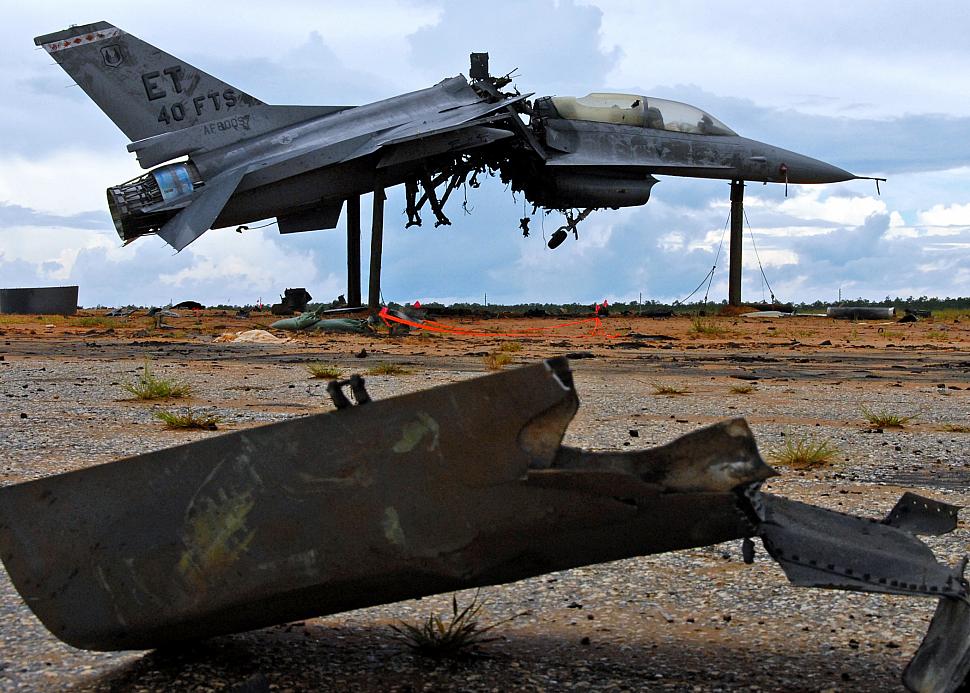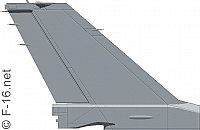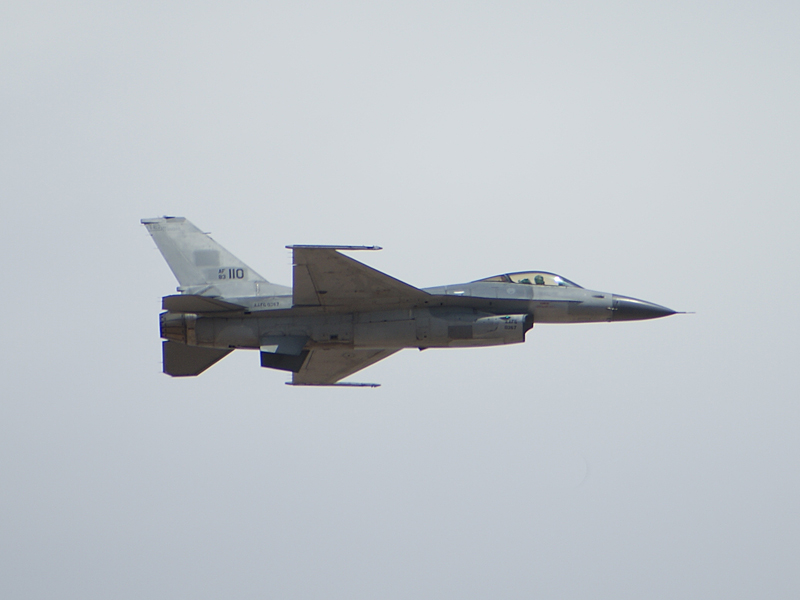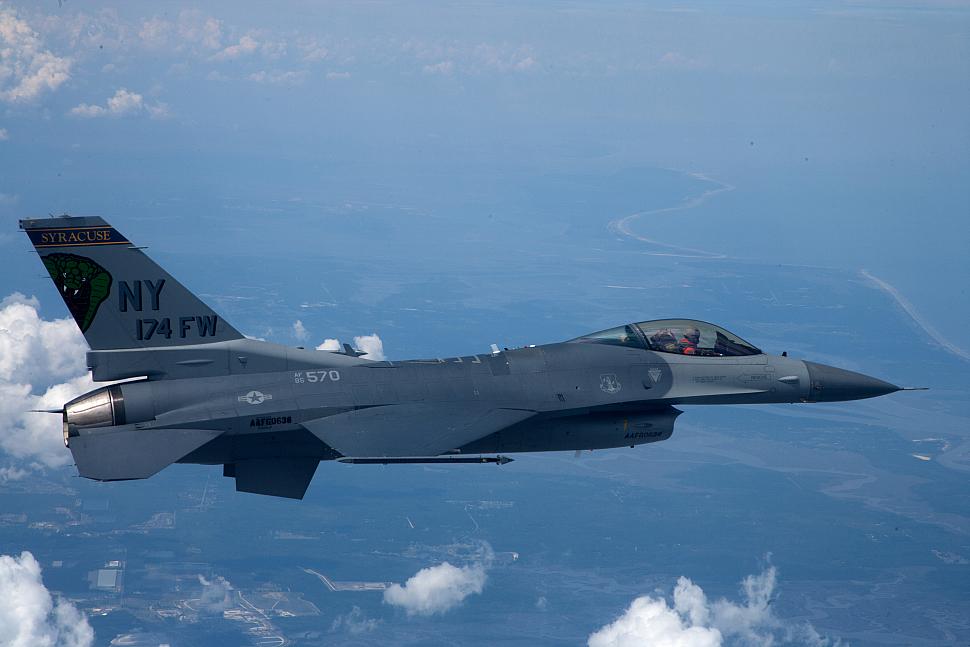History
The USAF has a so-called 'drone' program for decades. This first started in the 1960's when 24 F-104 Starfighters were converted into QF-104 drones and consequently shot down for training purposes. This program lasted until 1972 when the final QF-104 was shot down. In 1973 conversion shifted to the QF-102 which lasted until 1982 with over 200 F-102's being converted. The last of the QF-102's was expended in 1986. On its turn this was replaced by the QF-100 of which 209 airframes were converted. This program started in 1981 and the last QF-100 was shot down in 1992. By that time this airframe was already replaced by the QF-106 of which a total of 194 were converted from 1990 onwards. This program ended in 1998 being replaced by the QF-4 program which started in 1997 and saw a total of 238 airframes being converted. The last of which will be phased-out in 2014.
The USAF had to start searching for a replacement. A number of things have to be taken into account when choosing such an airframe. First of all sufficient numbers have to be available for conversion. Secondly the USAF wanted an upgraded platform since the QF-4 is a third generation fighter with some limitations to provide a real modern fighting asset to training units. The new airframe needed to be a fourth generation airframe. Combining these two prerequisites automatically pointed at the F-16 to be a feasible platform for such a conversion.
In 2010 Boeing was awarded the contract to start initial work on converting the first six F-16s into aerial targets. These 6 airframes will act as testing platform. It is a mix of block 15/25/30 airframes to show the feasibility of the modifications on these blocks.
Conversion
When the F-16s arrive at Boeing’s facility, they are stripped down to remove unneeded parts, including the fighter’s Vulcan six-barrel 20mm cannon and the APG-66/68 radar. Because the USAF requires that the QF-16 be able to fly in both manned and unmanned modes, Boeing will modify the flight control system, working in a teaming arrangement with BAE, the original equipment manufacturer for the F-16 flight control system.

Planning is to have the first prototype flying in 2012 with production realy kicking in from 2014 onwards.

Production
An initial 6 airframes (2 block 15s, 2 block 25s and 2 block 30s) - (#82-0986, #83-0110, #84-1260, #84-1295, #85-1569 and #85-1570) are being converted by Boeing as test airframes. Once this pre-EMD phase has been ended and all conversion work has been approved, Boeing will start conversion on another 120 airframes. This production will be divided into a first LRIP lot 1 containing 20 airframes and than four FRP lots containing 25 airframes each running until 2019.
It is ultimately foreseen that a total of 210 airframes will be converted in the end with the program running until 2022 and airframes lasting until around 2025. These will consist of 30 block 15s, 103 block 25s and 77 block 30s.The first unmanned flight was performed with #83-1110 and conducted on September 19th, 2013 at approximately 15:00 hours. This flight sets an important milestone in achieving a feasible program in converting F-16s to QF-16s aerial targets. Low-rate initial production will start in 2014.
Please use this form to add any list any error or omissions you find in the above text.
Note: your comments will be displayed immediately on this page. If you wish to send a private comment to the webmasters, please use the Contact Us link.



